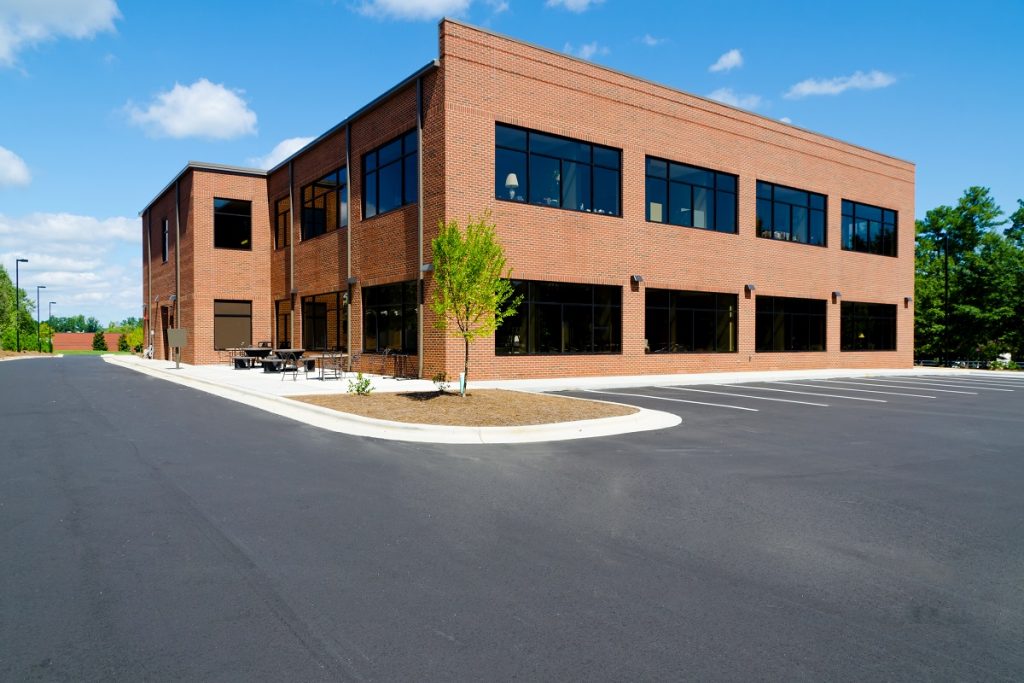- Implementing smart controls in cooling systems allows precise control, real-time data monitoring, and timely maintenance, optimizing energy usage.
- Proper insulation and sealing of buildings reduce heat transfer and prevent air leakage, resulting in less strain on the cooling system and more energy savings.
- Natural ventilation, by using wind and air currents to cool interiors, can reduce reliance on artificial cooling systems and lead to significant energy efficiency.
- Employee training is critical in maximizing energy efficiency as it ensures proper operation and maintenance of systems and fosters an energy-conscious culture within the organization.
As an owner of a commercial building, it’s crucial to focus on implementing sustainable cooling systems. These systems reduce environmental impact and offer significant cost savings in the long run. Understanding the strategies to achieve this can seem complex, but this article will help you navigate this process and make the most energy-efficient choices for your property.
Energy Efficient Design

Designing your building with energy efficiency in mind requires balancing several factors, including architectural design, material selection, and system installations. One critical step in this process is hiring reputable commercial mechanical contractors. Such professionals have the expertise to install and maintain systems that optimize energy use while ensuring the comfort of building occupants.
They can guide you in selecting the most suitable cooling systems, such as high-efficiency HVAC units or geothermal cooling, that match your building’s unique needs and characteristics. These contractors also comprehensively understand local building codes and regulations, ensuring your building remains compliant while improving efficiency. Therefore, investing in seasoned commercial mechanical contractors is pivotal in achieving sustainability and operational cost savings in your commercial property.
Regular Maintenance
Regular maintenance is essential to managing energy-efficient cooling systems, as it helps prolong system lifespan, ensure optimal performance, and maintain overall building comfort. Here are some tips:
Upgrade Equipment
Investing in modern, energy-efficient equipment is essential for any commercial building owner looking to reduce energy consumption. Old or outdated systems often consume more energy for less cooling, leading to higher costs and increased environmental impact. Upgrading to new systems like energy-star-rated HVAC units, advanced chillers, or even solar-powered coolers, can drastically improve the energy efficiency of your building.
These systems use less electricity, generate less heat, and deliver better cooling, making them an excellent long-term investment. Furthermore, modern systems often have advanced features like automated energy management and smart controls, which can help fine-tune energy use and enhance comfort.
Remember, an initial higher outlay for high-efficiency equipment often results in substantial savings over time, proving its cost-effectiveness. Therefore, upgrading equipment is a powerful strategy for building a sustainable and energy-efficient commercial property.
Smart Controls
Implementing smart controls in your cooling systems is another effective strategy to enhance energy efficiency. These advanced devices provide programmable settings and real-time energy consumption data, enabling precise control over the system’s operation. For instance, they can automatically adjust the cooling based on occupancy patterns, outdoor temperature, and time of day, thereby minimizing energy waste.
Some smart controls also offer remote access functionality, allowing building owners to monitor and adjust settings from anywhere, further enhancing convenience. Besides, these devices can alert you to any potential issues with the system, such as an unexpected increase in energy usage or performance degradation, enabling timely maintenance and repairs. Smart controls contribute significantly to sustainable building management and cost savings by ensuring optimized energy usage.
Insulation
Proper insulation plays a vital role in maintaining an energy-efficient building. High-quality insulation reduces heat transfer, thus minimizing the load on your cooling systems and saving energy. Insulating all building areas, including walls, ceilings, and floors is essential.
Consider adding extra insulation or replacing old insulation with newer, more effective materials for existing buildings. Additionally, windows and doors should be sealed to prevent air leakage, which can cause your cooling systems to work harder than necessary.
It’s also beneficial to use energy-efficient windows, such as double-pane windows, that provide better insulation. Insulation improvements, energy-efficient cooling systems, and regular maintenance will significantly reduce your building’s overall energy consumption and operational costs.
Use of Natural Ventilation

Leveraging natural ventilation is a simple yet effective method to improve energy efficiency in your commercial building. This strategy involves using wind and natural air currents to cool indoor spaces, reducing reliance on artificial cooling systems. For instance, you can design the building’s layout to promote cross-ventilation, allowing fresh air to circulate and carry away excessive heat.
Using ventilated facades, roof vents, or strategically placed windows can significantly enhance natural ventilation. During cooler times, like early mornings or evenings, you can open windows to let in fresh, cool air, reducing the need for active cooling.
When combined with other energy-saving measures, natural ventilation can contribute significantly to a more sustainable and energy-efficient commercial building, leading to lower energy costs and a more comfortable environment for building occupants.
Employee Training
Employee training is a crucial aspect of energy efficiency. Ensuring your staff understands how to operate and maintain new systems or technologies is paramount in optimizing energy use. Conduct regular workshops or training sessions to educate employees about your installed cooling systems’ energy-saving features and benefits and the best practices to maintain them.
Emphasize the importance of promptly reporting any operational issues they might notice. Additionally, motivate them to embrace energy-saving practices such as powering down equipment when not in use and maximizing the utilization of natural light. By fostering an energy-conscious culture, you improve your building’s energy efficiency and inspire employees to take these practices into their own lives, multiplying the environmental benefits.
In conclusion, adopting energy-efficient cooling systems in your commercial building is a strategic investment. It boosts sustainability and yields significant cost savings. Start by hiring seasoned professionals, upgrading to modern equipment, and training your staff. Remember, every step towards energy efficiency counts.

